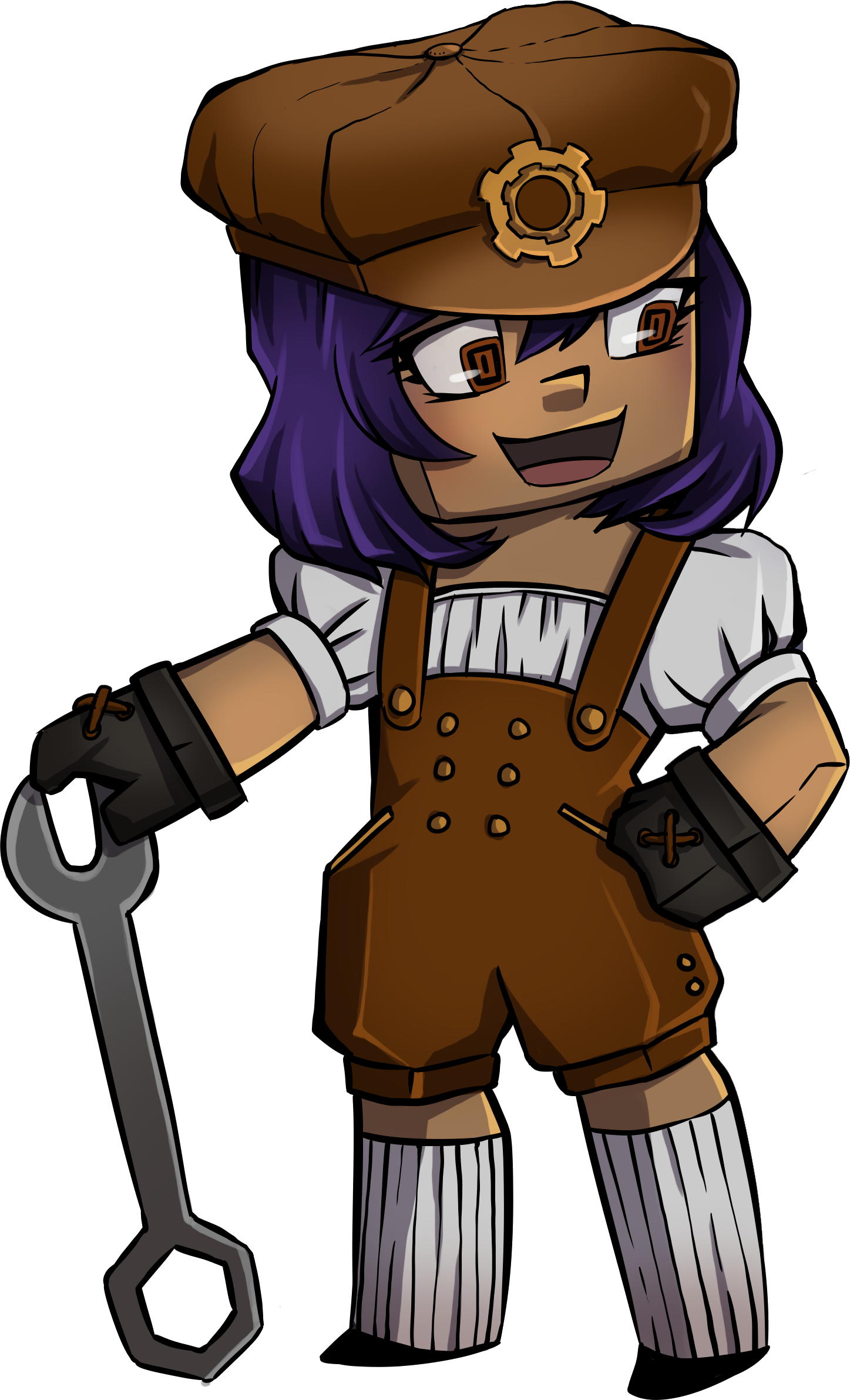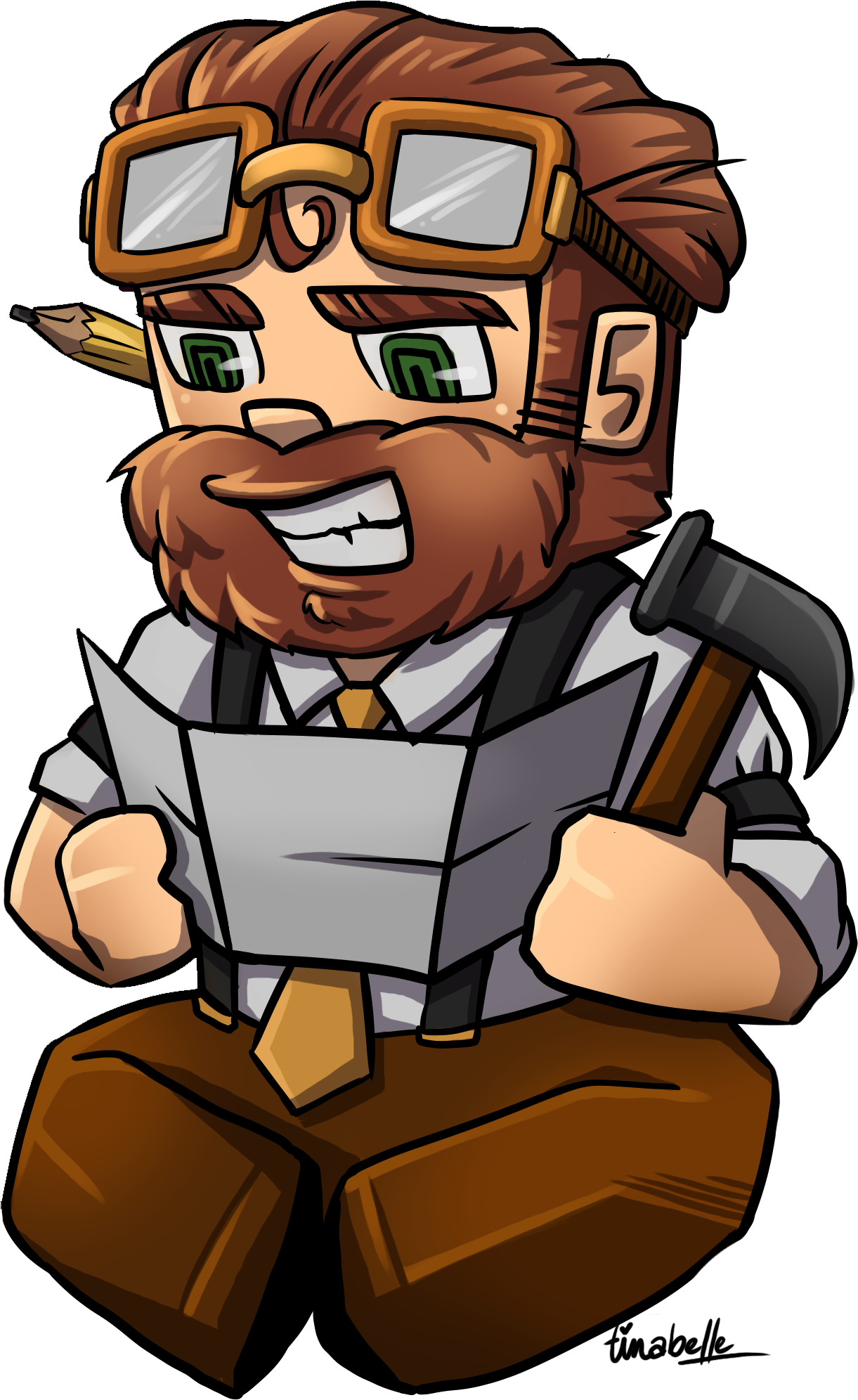Binary Decoder
Thanks for checking out this online tool for learning binary!
Place your binary in the space below to convert the number.

Enter Binary Here.
test
test

'Help is on its way dear!'
Ok this is whats going on - Fast version.
You must only place numbers of 0 and 1 into the text box. The only other character permissable is 'space'. Use spaces to seperate out the binary in blocks of 8 bits (a byte). This tells the program to interpret the data in bytes instead of a single big binary number.
Paste this into the text box and should become clear.
01000001 01110011 00100000 01101101 01110101 01100100
Same number with the spaces removed.
010000010111001100100000011011010111010101100100
If that didn't make sense read on friend.
Longer explained version.
First up terminology.
'deci' - means decimal math. Eg the math that we all know (1 to 10).
'ascii' - is the international standard for coverting binary to characters/letters. Its a big table from 0 to 255. 'A' is 65 on this table.
'a bit' - A bit is a single 0 or 1
'a byte' - is 8 bits.
'Buckle your seatbelt Dorothy, Cause Kansas is going bye-bye.'
The biggest number you can create with 8 bits (a byte) is 255 if you start at 0, and we do. This means that each byte will reference something on the ASCII table if its under 255. So if you want to use the ascii table place a space every 8 bits or less.
The majority of the ascii table isn't represent on a English keyboard. Some if it can't be represented at all. Some odd things will pop up.
If you want to see a big number don't use any spaces. Eventually you will see a decimal place and a 'e', this is scientific notation. The 'e' is counting how many zeros after the decimal place. Like a calculator.
Anyway I hope you and your students enjoyed this little calculator. If you find any issues with it please follow the links in the footer to report.
Expand Footer